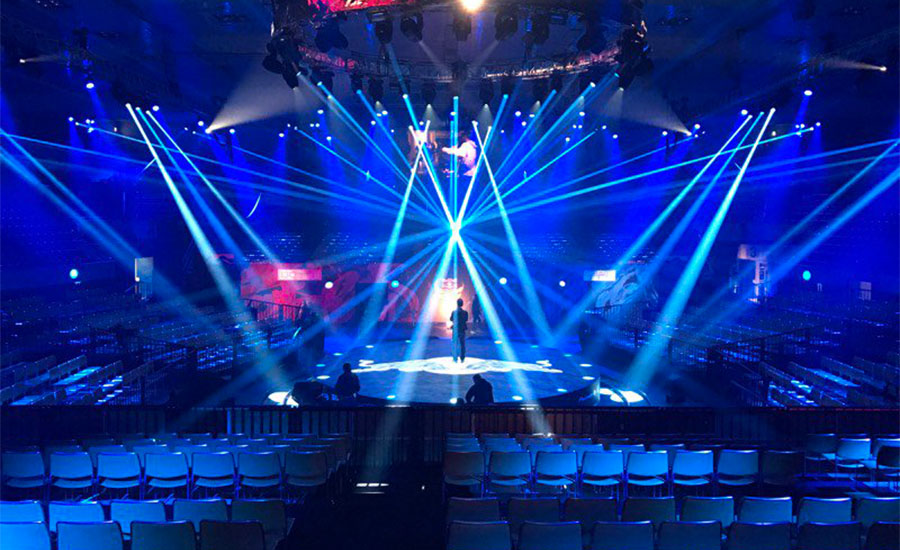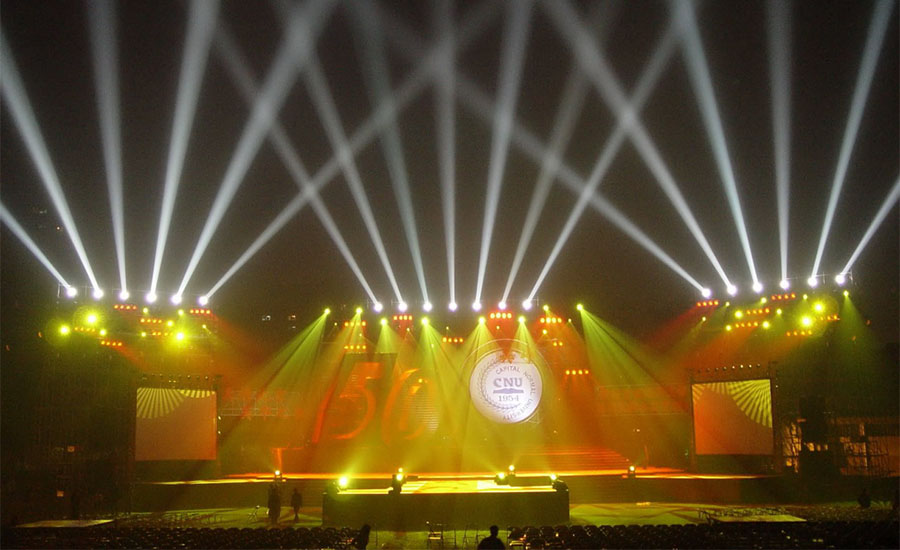A beam lamp is the concentration of a light source in one focal point so that the light source is more concentrated emission, forming a beam. Such a lamp is called a beam lamp, which is popularly known as a spotlight.

How the beam lamp works
Beam lamps are mainly famous for their unique light sources. Its unique small diameter cup bubble design and precise focal length positioning principle make its light efficiency utilization rate very high. Its extremely high luminescies also cause it to generate high heat, which also leads to a very high foam rate of the 200W beam lamp that rises early. Therefore, the heat dissipation of this beam lamp has been different from the traditional computer headlight cooling, its wick is relatively fine, and there is no peripheral isolation layer, so if like the traditional lamps, if the heat dissipation, that is, the greater the heat dissipation, the better the mode, is not feasible, which will lead to the lamp ion arc constantly ion ion, affecting the life of the bulb. If there is not enough heat dissipation, the bulb will blow up quickly. Therefore, this beam lamp requires a thermostat system.
At present, there are two kinds of thermal solutions, one is the traditional type of cooling, relying on a better fan to the bulb cooling at the same time with the temperature control switch. Another high-end is the software temperature cooling, that is, relying on software to control fan temperature, if the fan slow down or failure, automatically put the lamp protection out, do not blow bubbles. The latter is good in both ways, even if the former does not bubble but has a greater impact on the life of the bulb.
An introduction to the features
Computer headlights, mainly light sources in the change, other channel functions are much the same. On the basis of improving the light source, the beam lamp continues the many channel functions of the previous computer headlights. Usually the domestic 200W beam lamp, 230W beam lamp, 260W beam lamp, 330W beam lamp, etc. are equipped with color disk (14 colors and white light), pattern disk (17 patterns with white light ), strobes (0-12/20 times per second), focus, atomization, prisms (mostly a single prism, some are prisms, five prisms, gradient mirrors), and other functions are XY-axis speed fine-tuning, etc.
Appreciation of the effect


